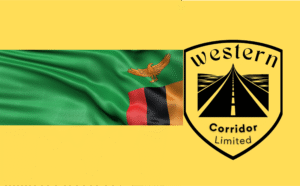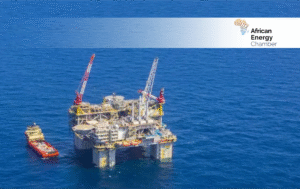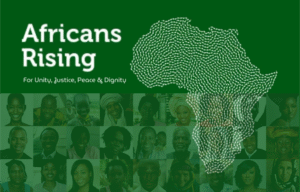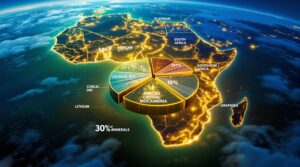RECAP: Infrastructure Developmental Needs Sharpen Focus on Minerals in Africa: Western-World Still on Africa’s Critical Minerals
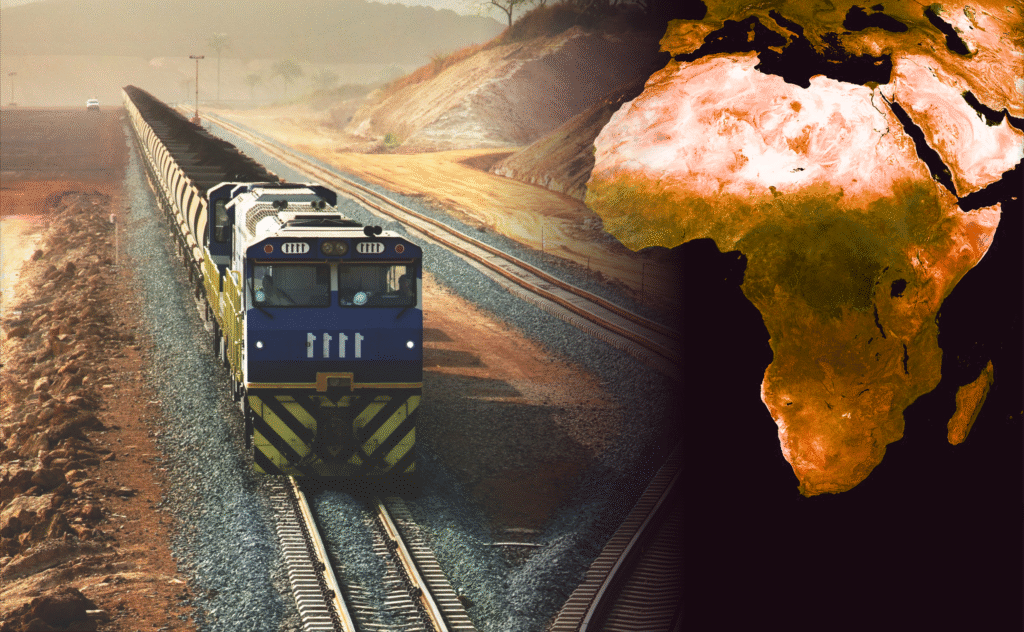
As global demand for cobalt, lithium, nickel and rare earths is set to soar over the next two decades, Africa’s mineral-rich landscape has become central to the world’s energy transition. The United States is now positioning itself not just as a buyer of these resources, but as a long-term partner for a continent that holds 30% of the world’s mineral reserves, a continent historically overlooked in global supply chain planning. Also, another part of the new interest sweeping across Africa, is about people, their communities, politics and power; who benefit from the continent’s resources, sets the rules and shape the industrial future of Africa’s economies.
A change in US Strategy, moving from extraction to partnership. The US Chamber of Commerce’s US-Africa Business Center, frames Washington’s new approach around three pillars: infrastructure, investment access and workforce development. The message is clear – the US wants supply chain flexibility, as well as having African governments/communities feel tangible benefit from the economic gains.
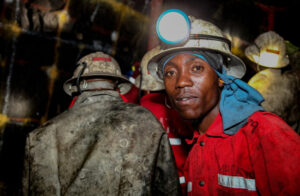
This marks a noticeable break from decades of extractive models that enriched foreign companies, while African workers remained stuck in low-wage, low-skill roles. The US aims to reverse that trend. Infrastructure with human/economic impact.
At the center of this strategy is the Lobito Corridor, a US-EU backed rail/port megaproject, linking diverse minerals, cobalt, copper fields in the Democratic Republic of Congo and Zambia to Angola’s Atlantic coast. (The Lobito Corridor is a major infrastructure project aimed at rehabilitating a railway line from the port of Lobito in Angola to the mining regions of the Democratic Republic of the Congo (DRC) and Zambia).
While described as a trade corridor, the project carries profound effects. Aimed at communities, it promises jobs, lower transport costs for local farmers, as well as new economic activity along the rail line. To governments, it offers an alternative to single-route export dependence, enabling more competitive global pricing. As for the African youth, it raises the prospect of technical training, manufacturing roles and a foothold in new industrial sectors; birthing jobs that extend beyond mines into processing, logistics, energy, etc.

Whether these hopes materialize will depend on governance, transparency and whether African workers/businesses are genuinely integrated into the value chain.
In the wake of a global contest for influence, beyond just mineral resources, Africa’s critical minerals boom is unfolding in the middle of geopolitical rivalry. While the United States promotes its corridor projects and financial tools, BRICS nations, especially China, holds a massive head start.
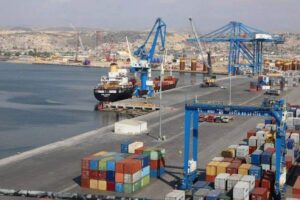
China currently refines the majority of the world’s cobalt, lithium and rare earths. An IMF analysis found that 97% of the DRC’s cobalt exports, go to China largely unprocessed. This dominance gives Beijing leverage not just in Africa, but across global clean-energy markets.
The US sees this as both a challenge and an opening. Meanwhile, African governments are increasingly using global competition to negotiate better terms. The push for value addition, a political imperative stratagem.
Across the continent, policymakers/civil society leaders are insisting on a new model where minerals are processed, refined and even manufactured within Africa, to boost employment generation, promoting a revolution of industrialisation that will strengthen state revenues. The numbers illustrate the stakes: raw bauxite sells for about $65 per ton. While refined aluminum fetches over $2,000 per ton.
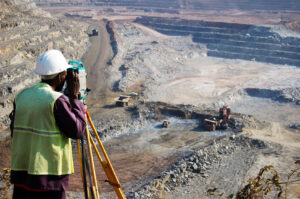
This gap shows why value addition has to be a development priority as well as political demands. In countries like Zambia, DRC, Guinea and Mozambique, debates over processing have been tied to national sovereignty, social equity and public frustration, throughout years of mineral extraction/export. Yet, the barriers remain, even though the new partnerships aim to close the gap.
High energy prices, infrastructure deficits and small fragmented markets still hinder industrial growth. To address this, some US institutions including the US International Development Finance Corporation and the Export-Import Bank, are stepping in with enormous investment guarantees, aimed at de-risking private capital.
Roundtables between US officials and leaders from Côte d’Ivoire, Madagascar, other nations in Africa, show a divestment approach: conversations are not only about mining permits, but about skills development, local processing, environmental standards, governance reforms, amongst others.

Focus on regional integration, to mend the missing link: IMF projections indicate that if African nations coordinate policy, infrastructure and industrial strategy, they could unlock a 12% GDP boost, worth nearly $228 billion by 2050. This will require regional bodies like the African Union and regional economic communities to harmonize regulations and reduce the cost of moving goods across borders. Without integration, mineral-rich countries may continue competing rather than collaborating, limiting their bargaining power on the global stage. And these projections would birth a future that is still being written.
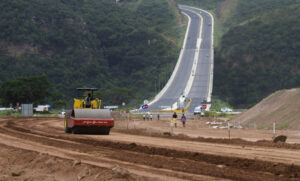
Projects like the Lobito Corridor, along with new US-backed mining and processing investments, could help reshape Africa’s economic landscape. But the outcome is far from predetermined. Besides, what happens next will determine whether Africa remains a supplier of raw materials, or becomes a competitive hub for refining, manufacturing and driving green-energy industries.
As for millions of Africans living near mines, along rail lines or in cities hungry for jobs, the direction of this transformation will shape livelihoods. The battle for critical minerals is underway. The scuffle for who benefits from them is just beginning.


